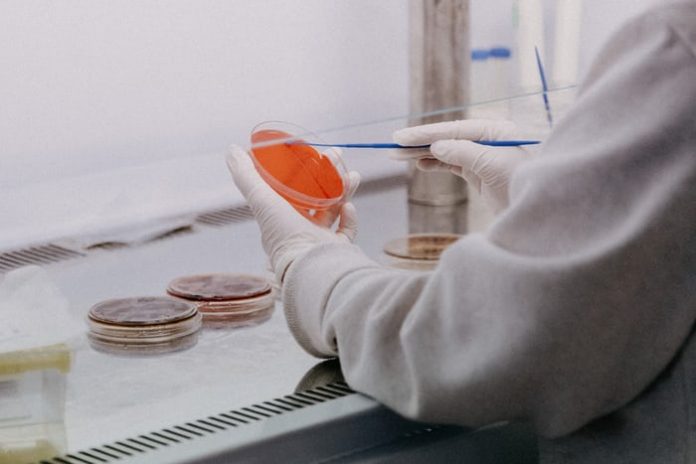Ladann Kiassat
Science & Technology Editor
Student passion at UC Santa Barbara (UCSB) shines through in numerous ways, but the pandemic has made it harder to gauge students’ passionate efforts. In-person collaborative research projects have been shut down due to the effects of COVID-19, nevertheless, students have been collaborating and working behind the scenes with graduate students and masterful professors who have continued to support the pursuit of discovery for students.
Simpson’s Lab has been facilitating undergraduate research in such a way that allows students to work remotely while also contributing to riveting neuroscience research. Simpson’s Lab is run by Julie Simpson, a renowned assistant professor of molecular, cellular, and developmental biology at UCSB. Simpson’s research focuses on the nervous system of the fruit fly, Drosophila melanogaster, and its behavior.
Her research focuses on the response to external and internal stimuli, and how interneurons (neurons that transmit impulses between other neurons) process and compare this information to cooperate with motor neurons to prompt behavioral responses. Utilizing optogenetic and functional imaging methods, the researchers can determine how networks of neurons control helpful behaviors in the Drosophila’s brain.
Simpson’s Lab has given undergraduate students the opportunity to trace neuron networks remotely using the Catmaid software. The Catmaid software has allowed researchers to make strides during a time where working in a lab setting is not feasible. Two undergraduate team leaders in Simpson’s lab sat down with The Bottom Line to talk about their experience in doing vital work for Dr. Simpson’s lab and how it drives their passion for the field of neuroscience.
“Both students highlighted that the most satisfying aspect of this research is having those select moments in time where you feel as if you have discovered a breakthrough.”
Dani Wright, a third-year biology major, details how she “plans on pursuing health care” and “doing research in the future” as a result of enjoying the research she has been involved in doing. “I have always enjoyed neurobiology and systems relating to the brain because of psychology. I am fascinated by the brain’s neural circuits in the brain related to motor function,” Wright explained.
Phoebe Lawton, a third-year microbiology major, details her passion about neuroethology and how it has influenced the way she looks at this research. “The connections between our biology and our behaviors is very interesting to me. Especially tools that are used in the lab and the way we are able to exploit genetics and observe different biological pathways to understand how things [in our body] interact,” Lawton highlighted. “I am happy to be working on a team project and learning how to work with the Catmaid software in a group then teaching other people how to do so as well.”
Both students highlighted that the most satisfying aspect of this research is having those select moments in time where you feel as if you have discovered a breakthrough. Lawton talks about how “it’s moments like those that make everything worth it,” making her feel like she has contributed her “own little piece of science” to the world around her. Wright explains how the addicting feeling of breakthrough “makes you want to find more,” subconsciously pushing you to keep going.
Dr. Julie Simpson is facilitating the utmost amount of growth for students during this pandemic. Wright highlights that “she is so understanding and does an amazing job of tying in her passion” with the classes she teaches. “She really just wants her students to succeed and constantly reminds her researchers how thankful she is for the work they do.” In addition to her kindness, Lawton appreciates that Simpson shows “every step of the process of research, revealing how information that is discovered turns into scientific findings that draw connections.” This allows students to “branch out” and not feel “confined to only one step of the research process.” Though it is hard to facilitate a collaborative work environment for students during this time, Dr. Simpson has created a way to effectively implement collaborative research among students.











